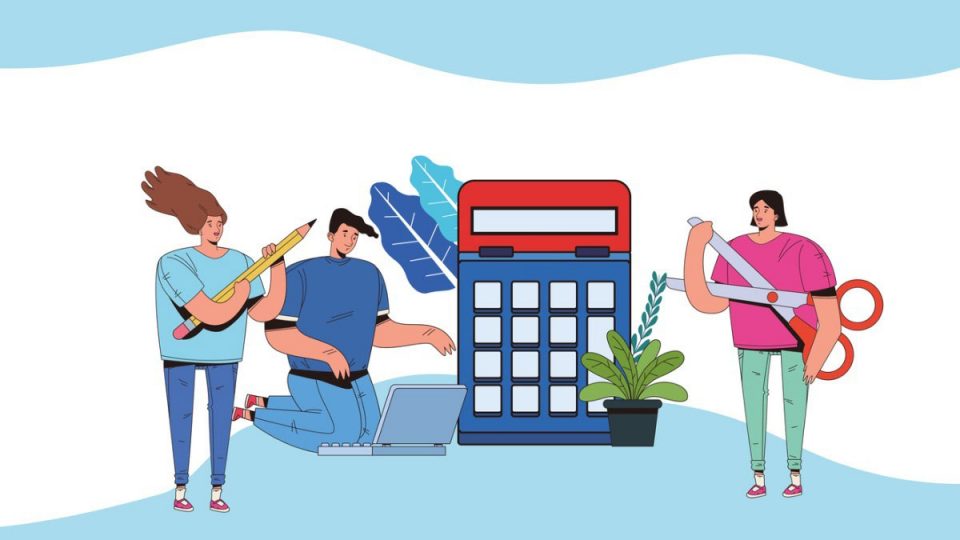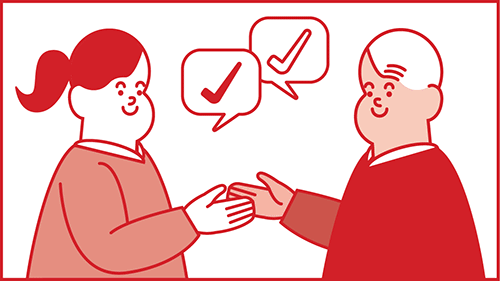Never miss a story — sign up for PLANSPONSOR newsletters to keep up on the latest retirement plan benefits news.
Who’s Still Working for You?: American Benefits Council
In 1967, large employers interested in sharing information about employee benefit developments, as well as service providers, started the Association of Private Pension and Welfare Plans as an information exchange. After the Employee Retirement Income Security Act (ERISA) was enacted in 1974, the group’s board felt there was no organization in Washington to represent and advocate for plan sponsors, so it became a 501(c)(6) advocacy association. The group changed its name to American Benefits Council (ABC) in 2000.
When Jim Klein, president of ABC in Washington, D.C., was asked about the organization’s priorities for the immediate future, his answer, without hesitation, was Secure 2.0, sponsored by House Ways and Means Committee Chairman Richard Neal, D-Massachusetts, and Ranking Member Kevin Brady, R-Texas. The bill, formally known as the Securing a Strong Retirement Act, is considered by many in the retirement plan industry to be the successor to the Setting Every Community Up for Retirement Enhancement (SECURE) Act, passed in late 2019. The House committee approved the measure on May 5 by voice vote, and that’s where the bill stands.
“Secure 2.0 is the big train leaving the station,” says Klein, “reducing companies’ exposure to litigation, helping companies to correct innocent mistakes, inadvertent errors of plan administration. These would be rectified through ECPRS [the Employee Plans Compliance Resolution System] Self-Correction Program.”
Secure 2.0 would allow eligible inadvertent compliance failures to be self-corrected and would allow plan loan errors to be self-corrected under both the IRS’ EPCRS and the Department of Labor (DOL)’s Voluntary Fiduciary Correction Program (VFCP).
Aside from these changes to the ECPRS program, Secure 2.0 would cover a number of ABC priorities, says Jason Hammersla, the council’s vice president for communications. For example, it would address student loan debt as a barrier to savings by treating student loan payments as elective deferrals for purposes of matching contributions. An employer could contribute a certain percentage of an employee’s student loan repayment into the employee’s retirement account.
And regarding missing participants, Hammersla adds, the bill would provide clarity on how far a company is required to go to find someone.
“We’re working to get reasonable rules for companies to find people but not be punished if they can’t,” he says. “Companies are spending more money to track people down than they owe them.”
The bill would also create a retirement savings lost and found, where the Pension Benefit Guaranty Corporation (PBGC) would have to update its online database of lost accounts to include unclaimed accounts of $6,000 or less.
It would improve mortality assumption rules that ABC says don’t take into account increased longevity. And it would extend 420 transfers, allowing companies to use pension assets to pay for retiree health plans.
Additional Retirement and Health Plan Help
Hammersla also points to two ABC priorities that have intensified since 2017: PBGC premiums and pension funding. Klein says “excessive” increases in premiums over the past few years have been driving companies away from defined benefit (DB) plans, as have funding rules for pension plans.
“Historically low interest rates have increased how much companies have to contribute since they are projected not to make as much on the money,” he adds.
Hammersla says ABC is on watch for any discussion in Washington of converting 401(k)s into Roth-style plans, where contributions would be after-tax. “We’ve heard rumors that it is back on the table,” he says, noting that talk of this first surfaced when tax reform was being debated in 2017. “We have to stay vigilant here.”
Work in the global benefits area has also changed since 2017, according to Klein. “Companies have a much larger footprint overseas than they did then,” he says. And social justice issues have taken center stage since last year. “There’s the focus on diversity, equity and inclusion [DE&I], and what might fall into that category as it relates to employee benefit issues,” he says, noting that these factors may come into play when gathering information about varying levels of participation in a 401(k).
“And when it comes to health care,” Klein adds, “maybe the providers in the plan are not in your neighborhood and maybe there are transportation problems. Perhaps these things can be legislated or regulated.”
Hammersla says the issue of a national paid leave policy has become a priority for members because a number of states and localities are legislating on it, which prevents “our large multistate employer members from offering a consistent and uniform paid leave policy for their entire workforce.”
A new resource ABC is offering is called the National Paid Leave Atlas. It’s a clickable map on the group’s website where members can check out each state to see the laws in effect, related FAQs and links to the statutes, as well as when they were passed.
And a few months ago, ABC compiled what it calls a Silver Linings Pandemic Playbook, profiling companies that went above and beyond to help workers stay healthy, such as by offering telehealth, mental health services and coverage to people who had been furloughed.
You Might Also Like:
Retirement Industry People Moves
« Plan Document Restatements Essential to Retirement Plan Compliance

